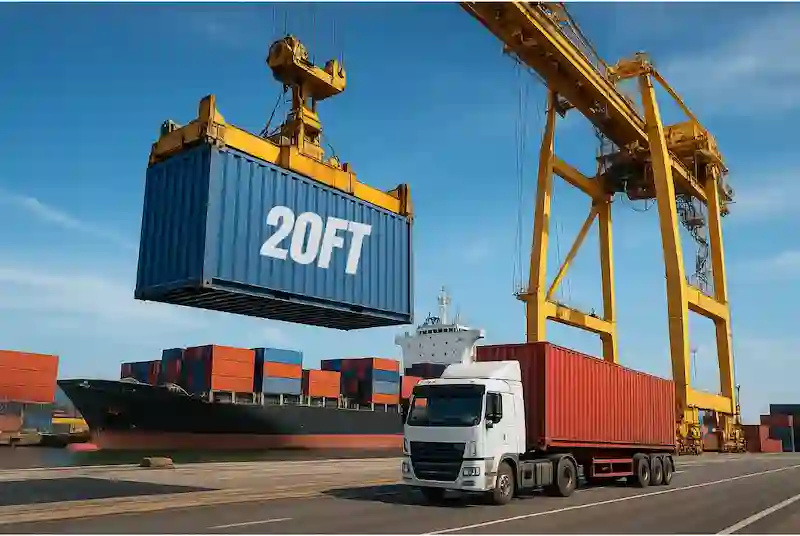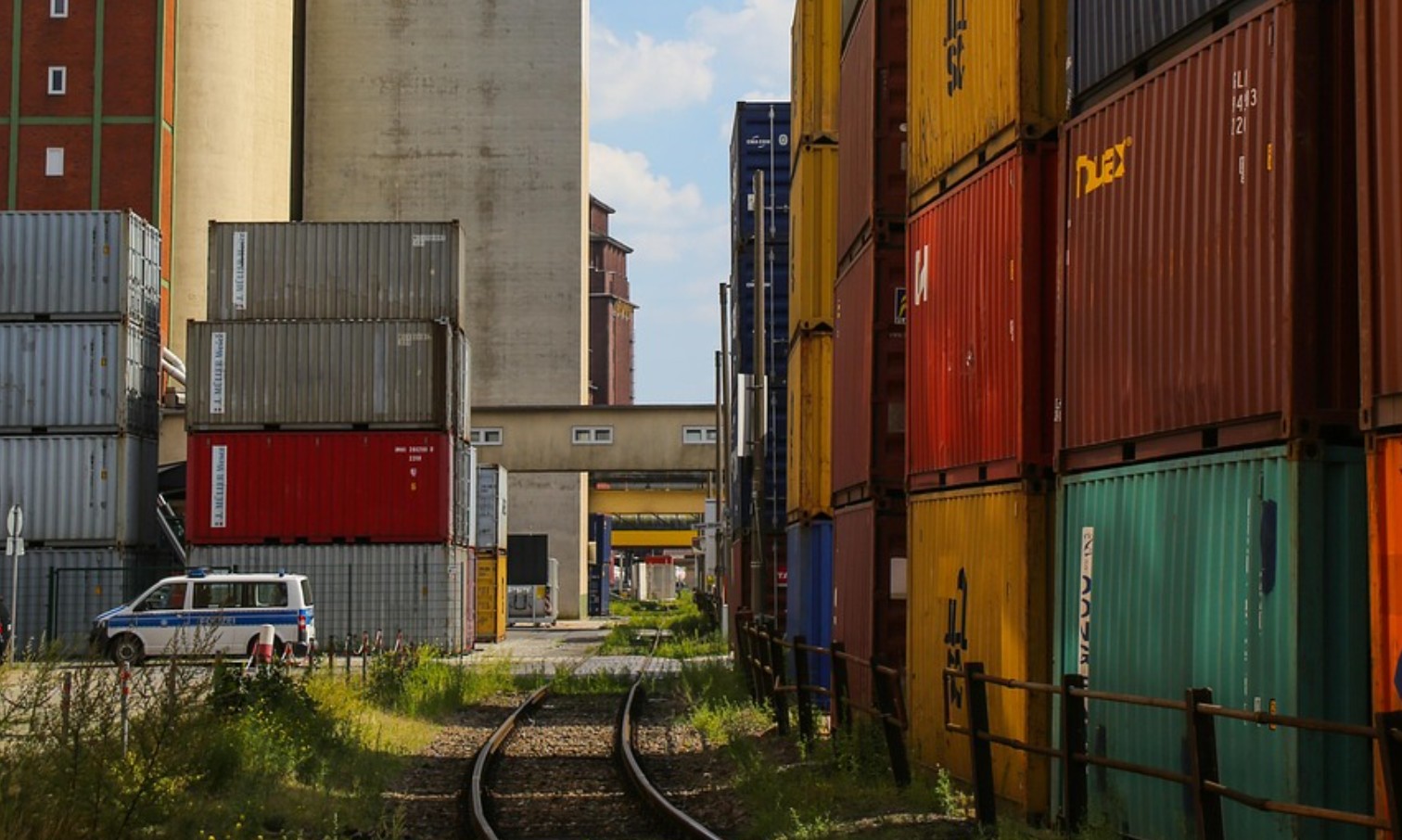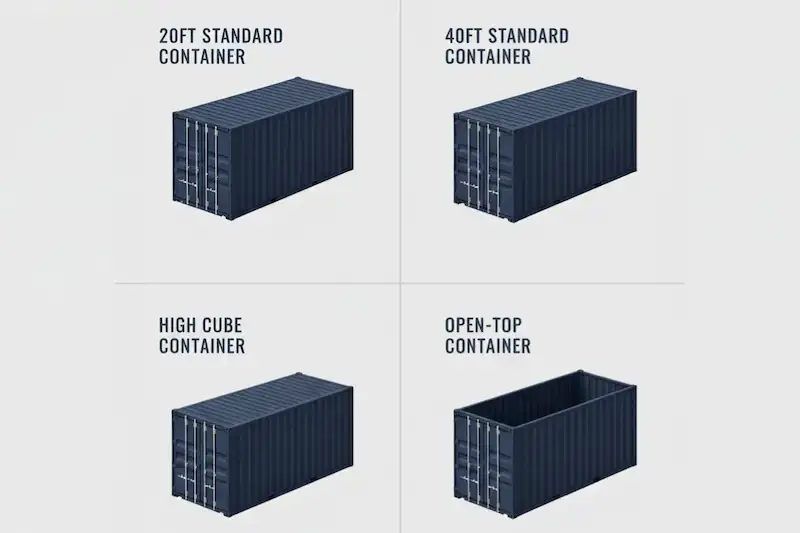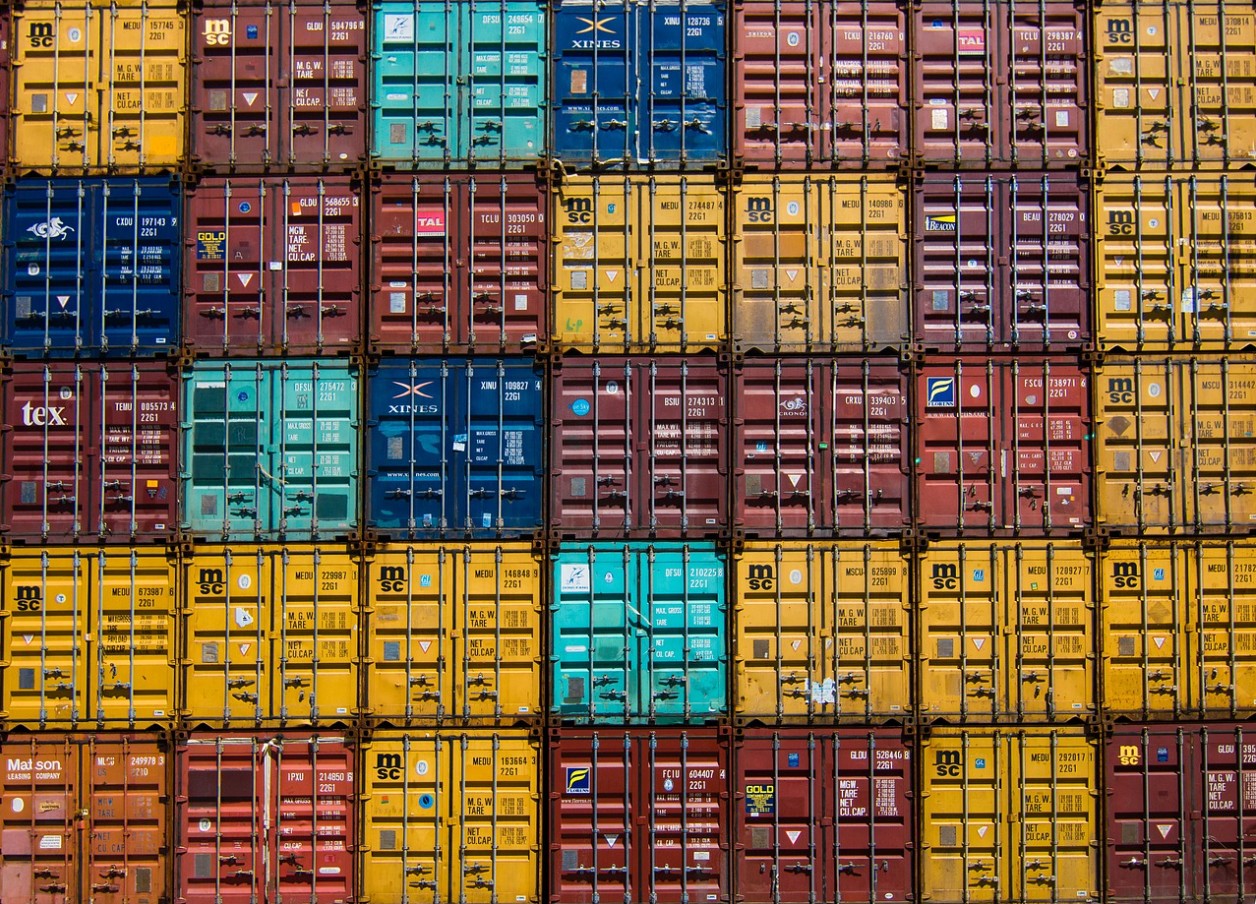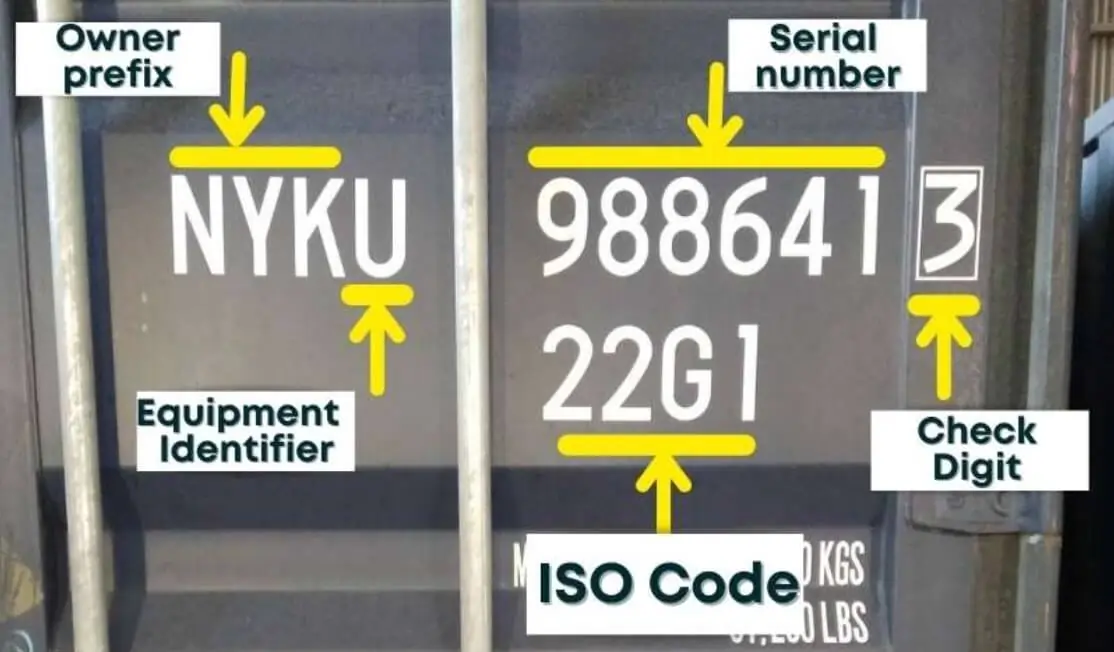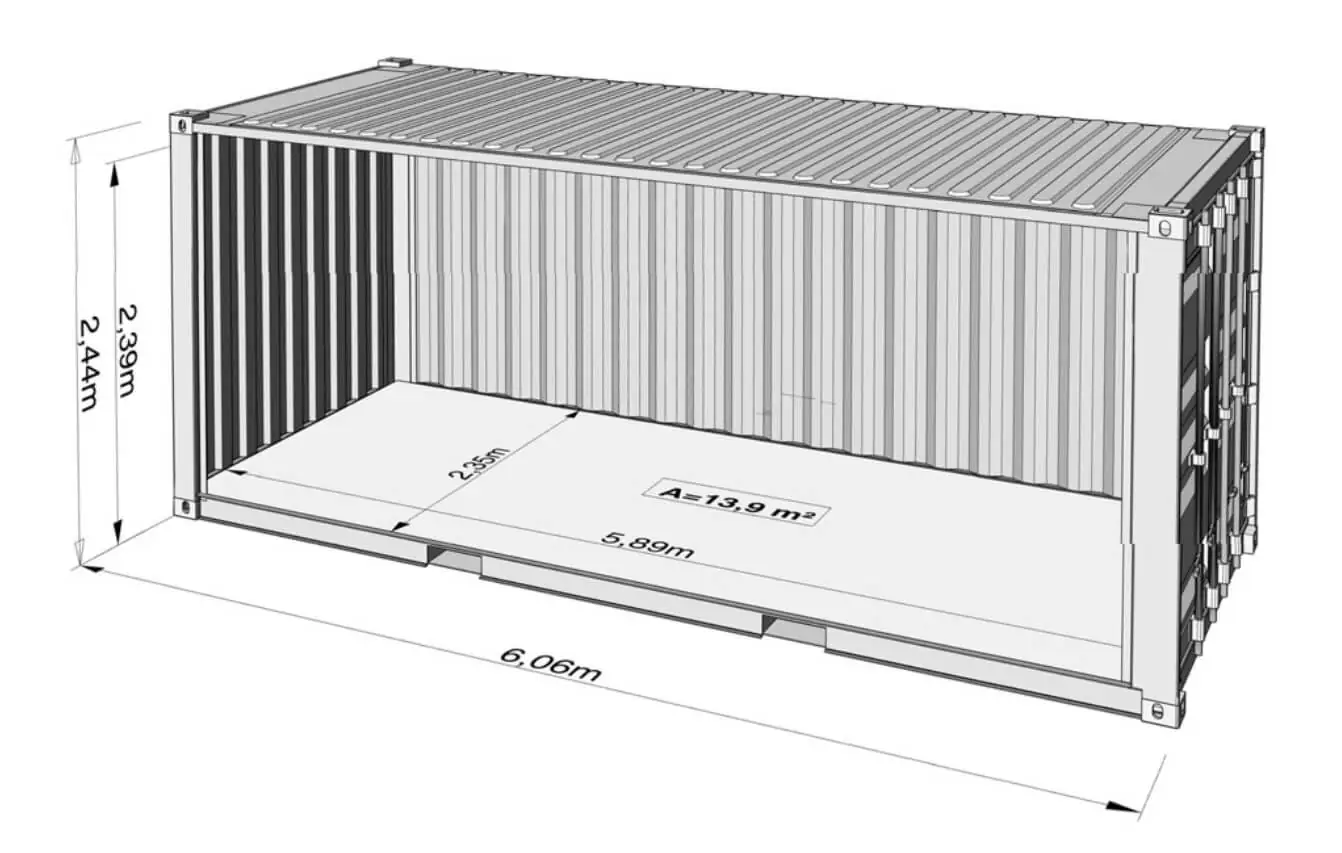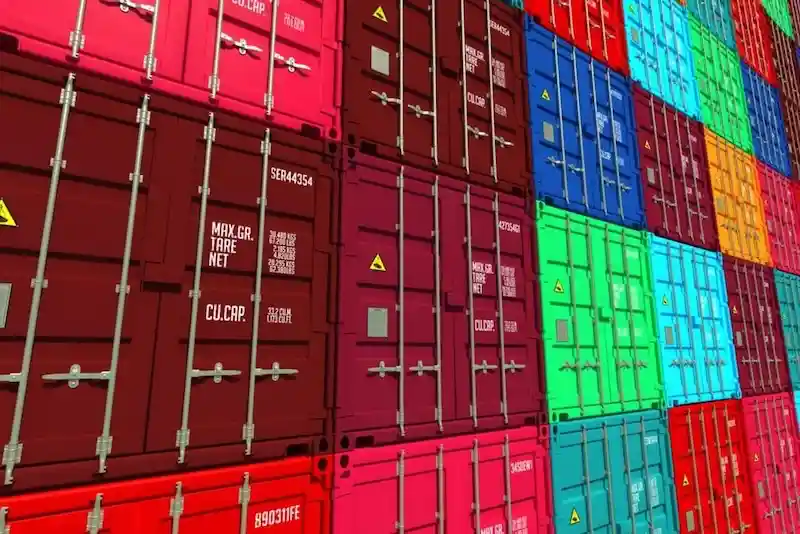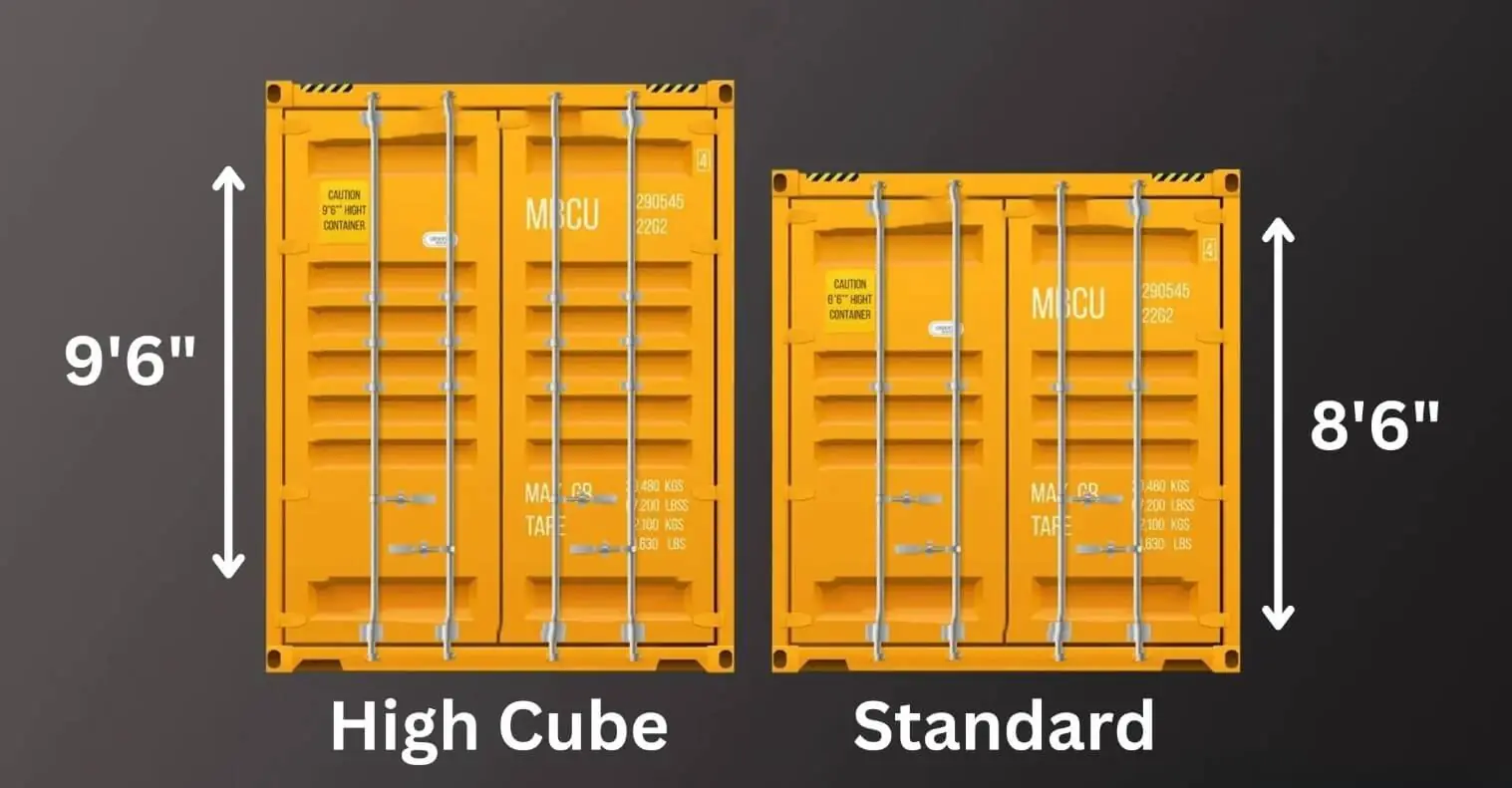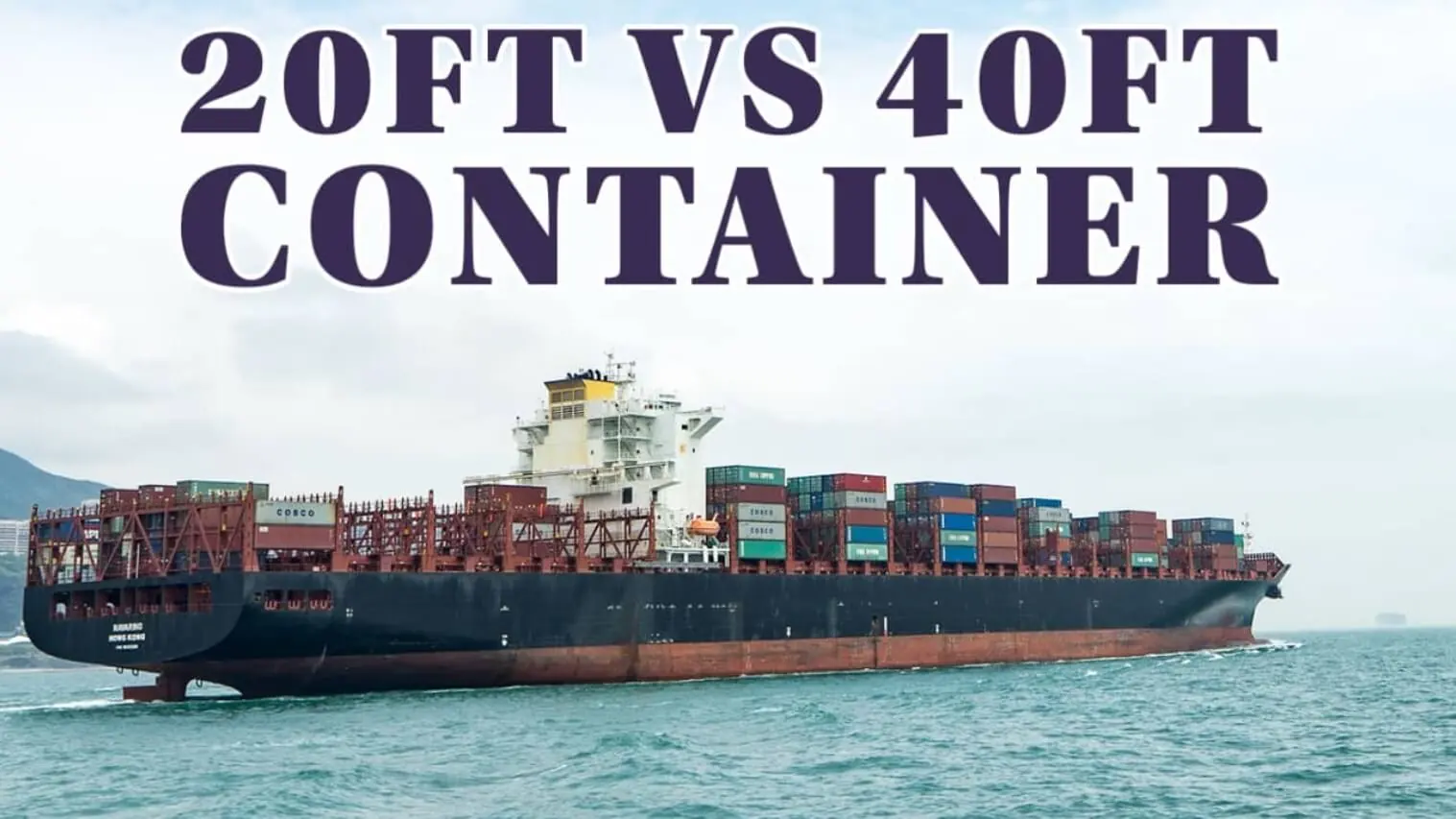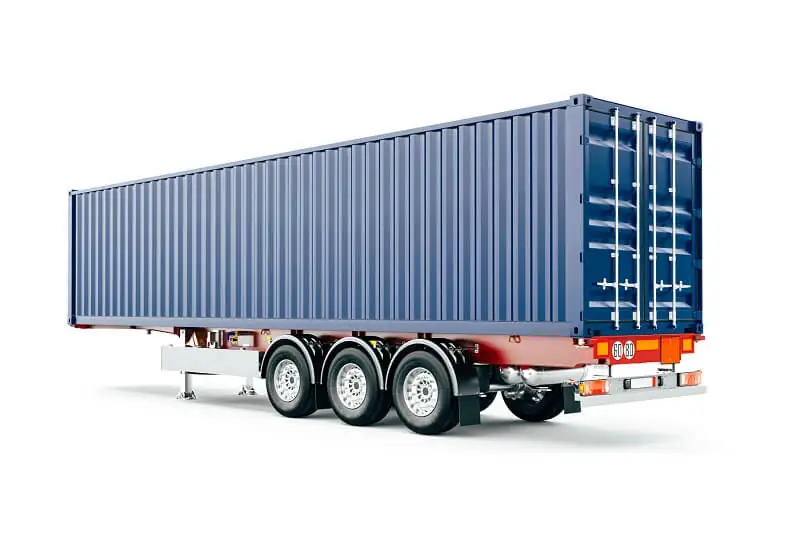Shipping Container Sizes: Find the Right Box for Your Cargo

Choosing a shipping container size makes all the difference in storing household goods, transporting commercial products, and creating innovative architectural spaces. There are several sizes of shipping containers available — 20ft, 40ft, and 45ft are the popular ones — and each size serves a unique purpose. In this article, we’ll explore how different shipping container sizes and types can make storage and shipping successful.
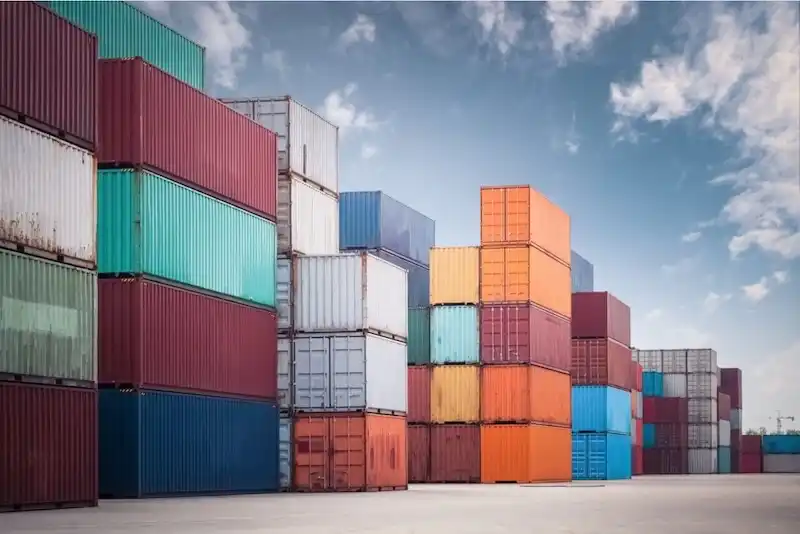
Shipping Container Dimensions (Metric)
First, let’s break down the standard container shipping sizes you’ll often encounter in the metric system. The dimensions of 20ft containers are:
- External dimensions: 6.058m in length, 2.438m in width, and 2.591m in height.
- Internal dimensions: 5.898m long, 2.352m wide, and 2.348m high.
- Capacity: approximately 32.2 cubic meters.
The 20ft container is ideal for small to medium loads. It’s particularly favored for its ease of handling and suitability for different cargo types, from personal items to small commercial shipments.
Now, to the dimensions of 40ft containers:
- External dimensions: 12.192m in length, 2.438m in width, and 2.591m in height.
- Internal dimensions: 12.032m long, 2.352m wide, and 2.393m high.
- Capacity: approximately 67.7 cubic meters.
Doubling the length of the 20ft, the 40ft container is perfect for larger shipments. It’s a cost-effective choice for bulky items or combining various shipments into one.
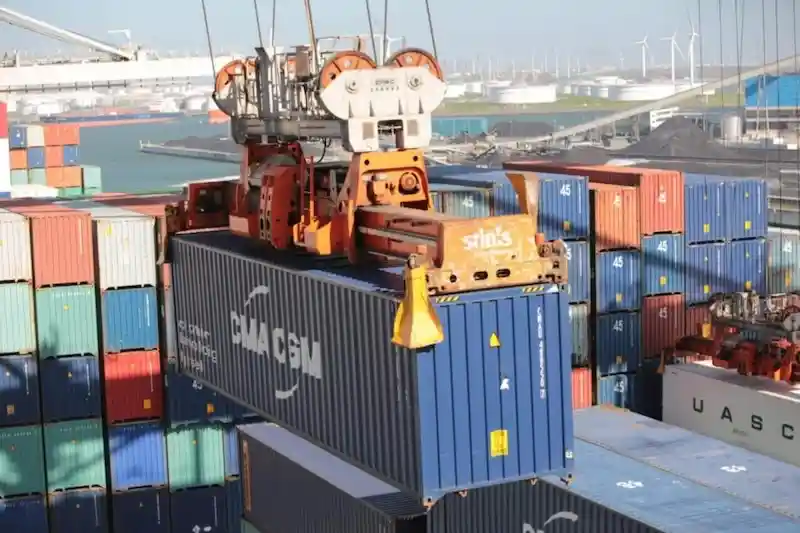
45ft containers are the largest shipping container size:
- External dimensions: 13.72m in length, 2.44m in width, and 2.59m in height.
- Internal dimensions: 13.51m long, 2.33m wide, and 2.35m high.
- Capacity: approximately 74.78 cubic meters.
The 45ft container is the grand giant with extra height due to its high-cube design. This container is built for oversized items or when you need to maximize every inch of space. Perfect for ambitious shipping projects or creative conversions.
Standard Shipping Container Sizes: An Overview
Three cargo container sizes dominate the shipping industry: 20ft, 40ft, and 45ft. They’re typically intended for different shipping and storage needs. So, what are the sizes of shipping containers used for?
- 20ft containers. The 20ft container is perfect for small shipments and personal relocations. This shipping container size makes it easy to handle and ideal for transporting goods that don’t require a lot of space. The 20ft container is often chosen by small businesses shipping products overseas and individuals moving personal belongings due to its compact size.
- 40ft containers. If the 20ft is the versatile working stiff, the 40ft container is its larger sibling — it offers double the space. This size is perfect for bulky goods and large commercial shipments and allows for transporting more items in a single trip. It’s widely used across industries, from manufacturing to retail, as well as for temporary and permanent storage solutions.
- 45ft containers. The largest shipping container size, a 45ft container, takes things a step further with extra height, known as a high-cube design. It’s ideal for oversized cargo or when optimizing volume is required. Industries that need to transport large machinery or voluminous products often turn to this shipping container size. This container can also be converted into office spaces or homes.
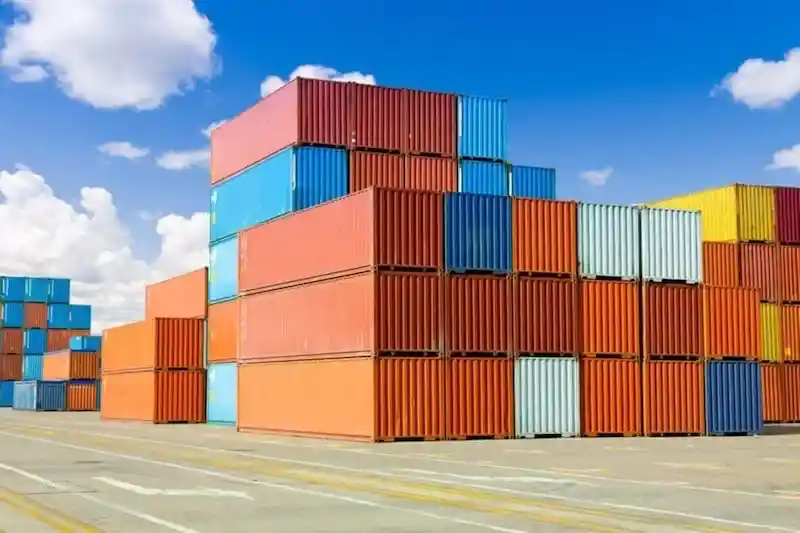
These sizes of shipping containers adhere to international shipping standards set by the International Organization for Standardization (ISO) — this means they are universally compatible with shipping infrastructure worldwide.
Find Shipping Containers From Vetted Suppliers at Top Rates on Pelican Containers
Pelican Containers offers a wide range of both new and used containers for different purposes — all available in the ever-popular shipping container sizes of 20ft, 40ft, and 45ft. The types include:
- Standard containers — the best choice for common shipping needs.
- High cube containers — offer extra height for larger items.
- Open side containers — perfect for side-loading and easy access.
- Flat rack containers — ideal for oversized machinery and top or side loading.
- Open top containers — great for tall cargo that doesn’t fit through standard doors.
- Reefer containers — temperature-controlled for perishable goods.
- Tunnel double-door containers — access from both ends for flexible loading.
- Container genset — provides power for refrigerated containers on the move.
- Container chassis — indispensable for transporting containers by road.

Every container from Pelican Containers undergoes an accurate quality check and is tested to suffer the toughest shipping conditions and protect your cargo.
We promise clear communication, especially when it comes to pricing. Our competitive rates are upfront, with no hidden fees to catch you off guard. Due to transparency, you can keep your budget on track.
Purchasing a container from us is as simple as 1-2-3. Just select a container you need from our catalog (each page contains cargo container sizes, container specifications, dimensions, and photos, so you won’t choose blindly). Then, decide between new or used options — be sure that they are carefully tested and comply with international shipping regulations. Click “Get a quote” on our website and wait a bit until our specialists reach out to you to discuss prices and delivery options. And then just wait until we deliver the container to your doorstep (at 100% traceability) in the USA, the Philippines, India, Canada, or the United Arab Emirates.
Our customer support is always ready to address all your questions and concerns. Press “Get a quote” on the Pelican Containers’ website or contact us directly by phone or email to find your perfect container.
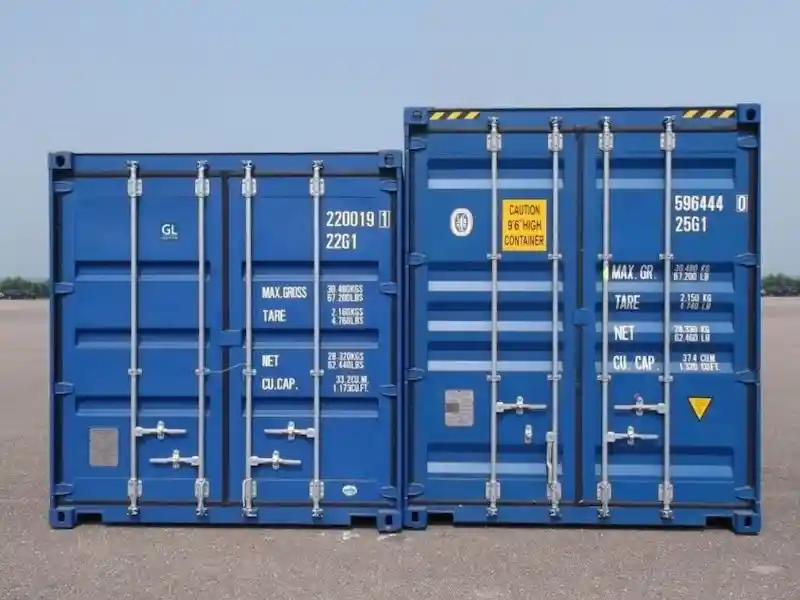
Conclusions
A perfectly sized shipping container is important for the safe transportation of your goods. It optimizes space and ensures everything arrives in perfect condition. Pelican Containers will help you make this choice easier — we promise a wide range of shipping container sizes and types, trusted suppliers, and affordable prices, so don’t hesitate to contact us.
Vanessa is a dedicated writer and content enthusiast at Pelican Containers. With a background in practical writing and a keen eye for clarity, she transforms complex container topics into easy-to-understand and useful content. Her passion lies in exploring the evolving world of container usage — from smart storage hacks to global logistics trends.
When she's not writing, Vanessa loves discovering creative shipping container projects or traveling to find new inspiration.
Explore thoughtful, informative, and accessible content with Vanessa!
Vanessa is a dedicated writer and content enthusiast at Pelican Containers. With a background in practical writing and a keen eye for clarity, she transforms complex container topics into easy-to-understand and useful content. Her passion lies in exploring the evolving world of container usage — from smart storage hacks to global logistics trends.
When she's not writing, Vanessa loves discovering creative shipping container projects or traveling to find new inspiration.
Explore thoughtful, informative, and accessible content with Vanessa!
FAQ
How do non-standard container sizes compare to standard ones for specialized cargo?
Non-standard shipping container sizes offer the flexibility that standard sizes just can’t match. Standard containers come in fixed dimensions, but when you have something irregularly shaped or oversized, a non-standard shipping container size comes to the rescue.
What factors should I consider when choosing between different shipping container sizes?
To choose between different-sized shipping containers, think about the size and weight of what you’re packing first — your cargo should fit comfortably without being squished. Then, consider the nature of your goods — perishable goods may require temperature control, while fragile items need extra space for protective packaging. Don’t forget to factor in costs and availability as large containers are typically more expensive.
Can I customize a shipping container size to fit my specific cargo needs?
Yes, after the purchase, you can add insulation, additional shelves, or even some special features to handle your cargo with care. Customization ensures that you’re making the best use of space and that everything is secure for the future use.
How does the internal space differ between various shipping container sizes?
The internal space of shipping containers varies based on their exterior dimensions and design. Standard containers typically come in 20-foot and 40-foot lengths, with corresponding internal volumes. High cube containers, for example, offer additional height and provide more vertical space for stacking goods. It’s best to remember the internal dimensions to plan how to load your cargo efficiently.
